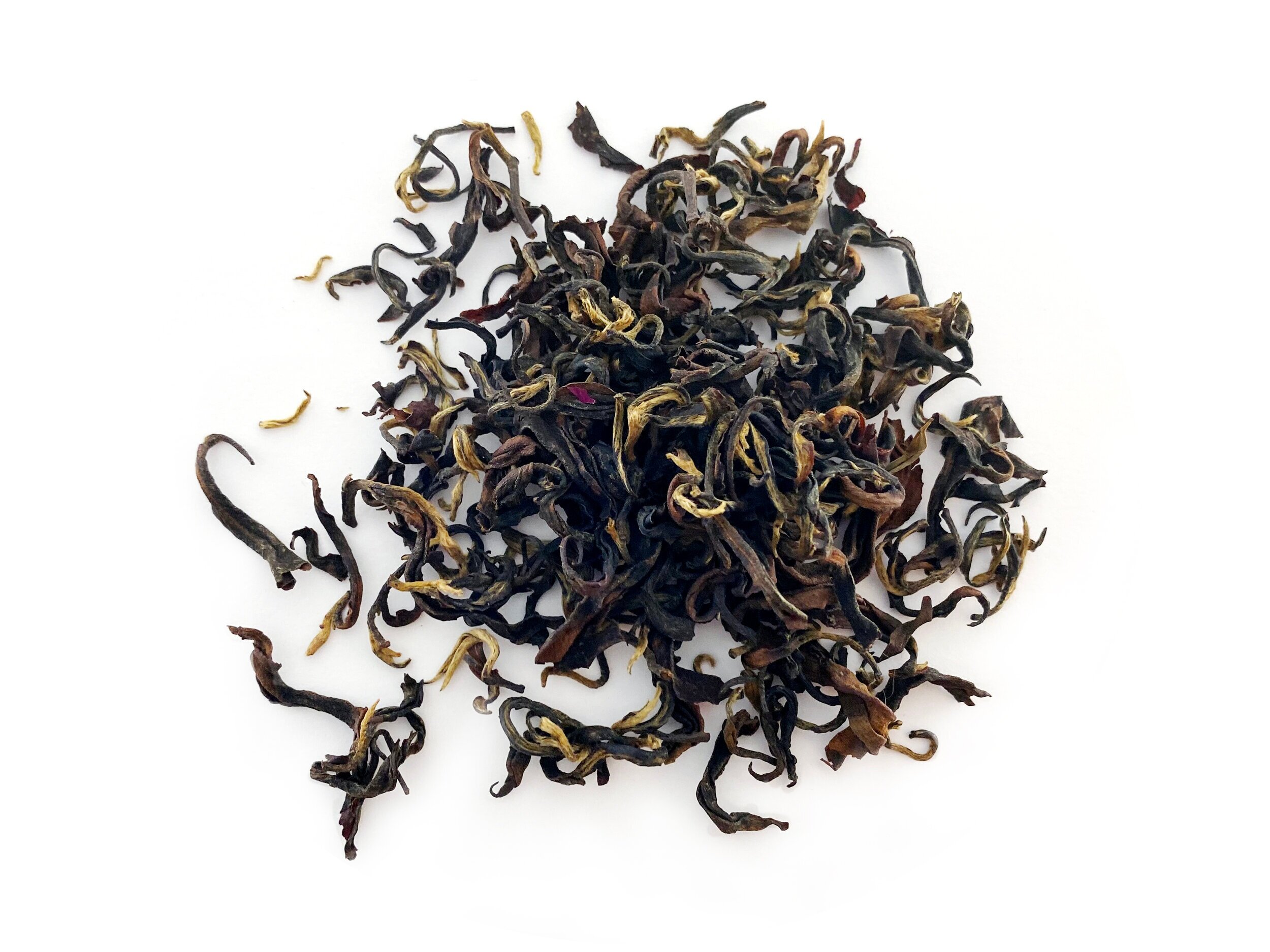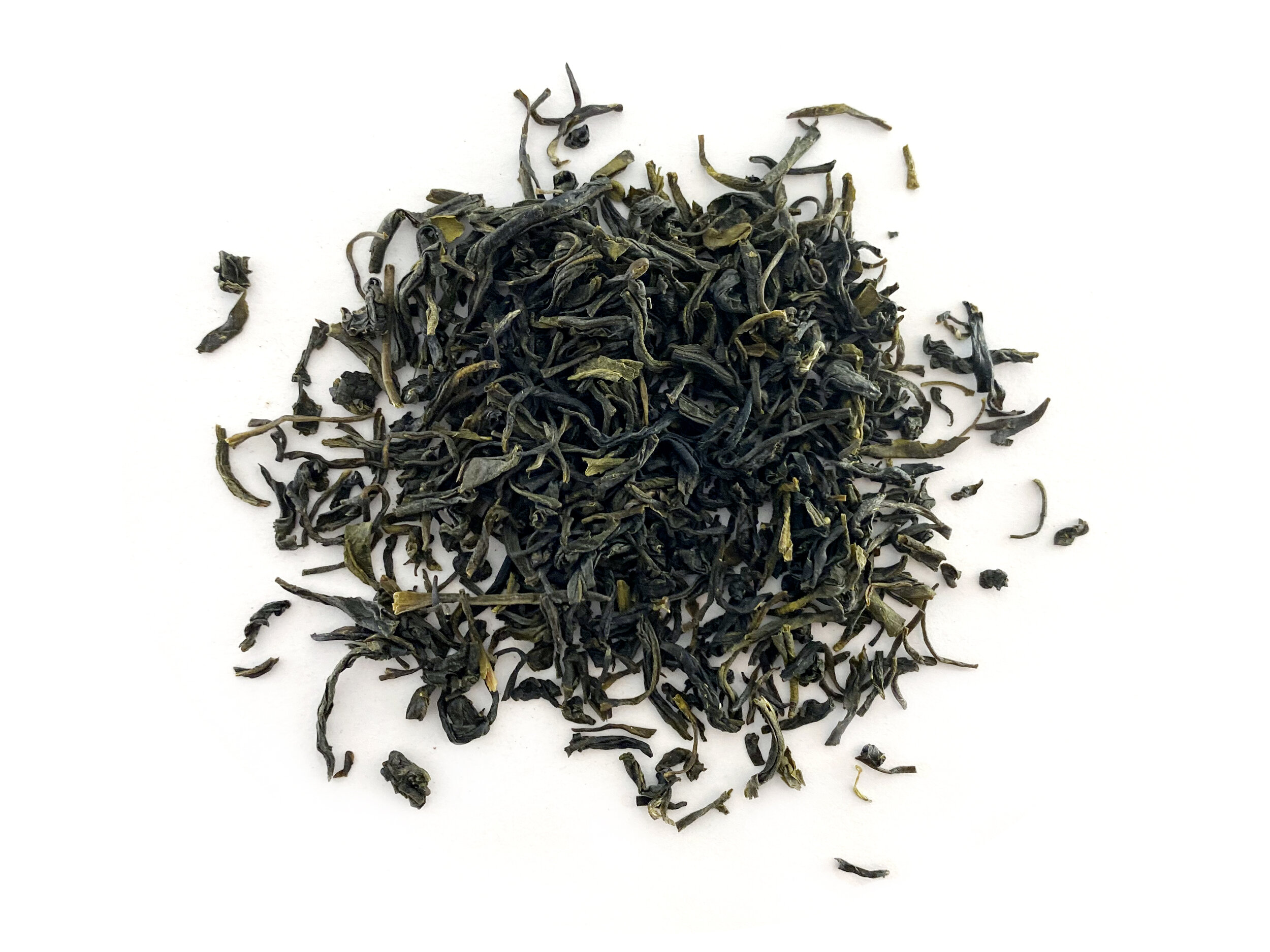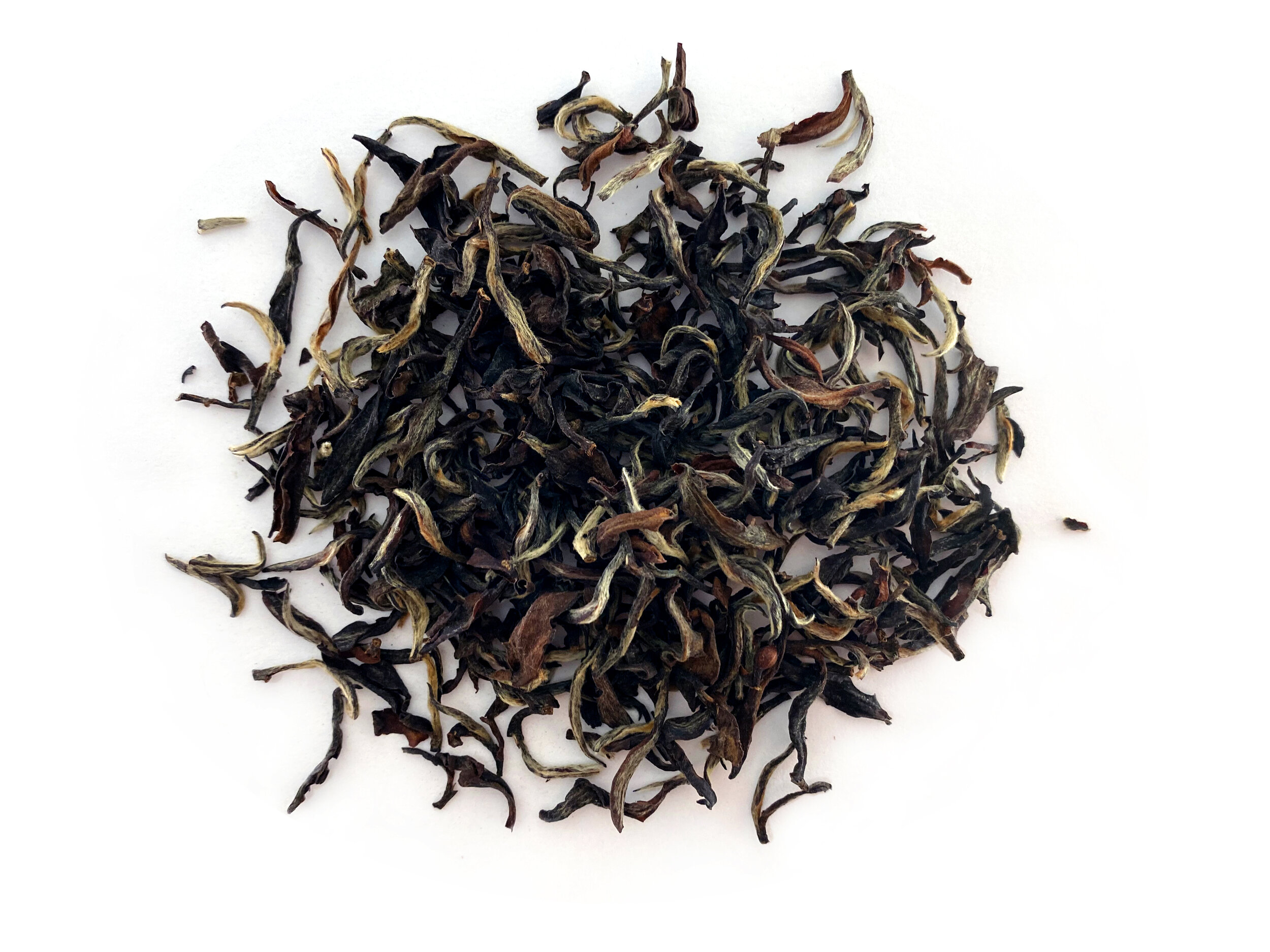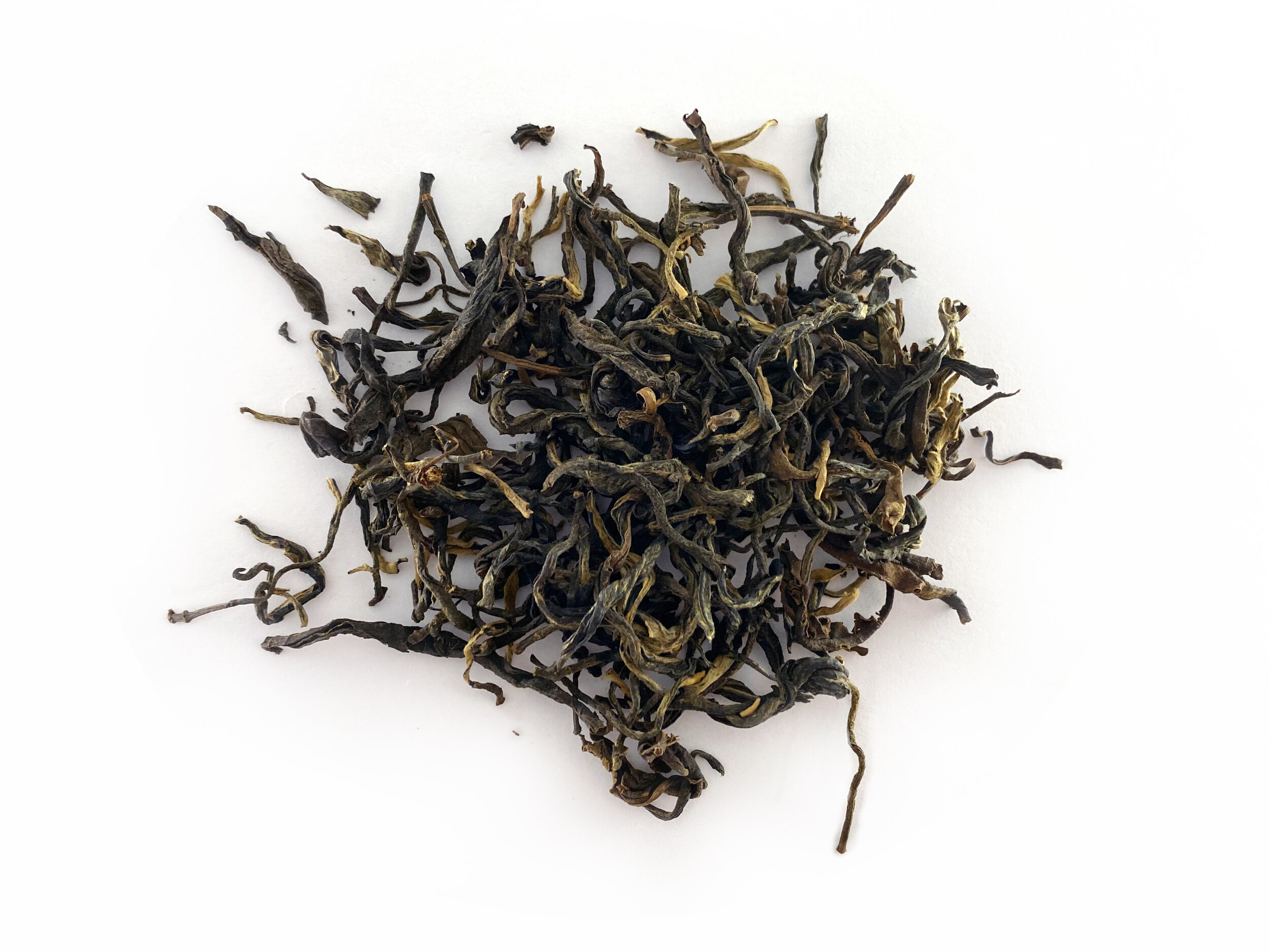Welcome Back, Fellow Tea Padawan!
Since you’ve read the first blog (and if you haven’t, go check it out!), you now have a basic understanding of what tea is. But now, we must learn where it comes from!
Yes, we learned that tea comes from one plant called Camellia Sinensis; but what we haven’t discussed is where and how it’s grown.
Where is tea grown?
Tea is grown all over the world: Argentina, China, India, Japan, Kenya, Rwanda, Taiwan, and many more countries!
The largest tea producers are China, India, Kenya and Sri Lanka. In simple terms, tea is generally grown in open mountainous regions where there is high humidity. Heck, tea is even grown in the United States! However, the US only produces a very small amount of tea in small farms throughout Georgia, South Carolina (they don’t call it the Sweet Tea State for nothing!), and Hawaii.
A tea farm in Taiwan
How is tea harvested?
As stated earlier, tea is typically planted and grown in regions with a humid climate. It takes relatively 2-3 years for the tea plant to mature, and it will then be harvested by hand or machine 2-4 times a year after it’s fully grown. Most large harvests will take place during the Spring (First Flush) and Summer (Second Flush). The third and fourth harvests will take place in Autumn and Winter.
Most teas are only harvested in the Spring and Summer because this time of harvest results in the high-quality flavor we all love. However, various teas are best harvested in Autumn and Winter depending on the region and what tea type is being produced.
Yunnan “big leaf” variety. Yunnan, Province.
For example: Yunnan tea is a “large leaf” variety of Camellia Sinensis grown in Yunnan Province, China. It is often said that Yunnan tea tastes best when harvested in the winter because more young buds will be present, however it will taste bitter in the summertime because it will be overgrown and produce stronger flavors. For this reason, another name for winter harvested teas is roughly translated to “win-teas” in China.
On the other hand, Darjeeling tea, a popular Indian tea, is said to taste best when harvested during summer because it produces a more robust grape flavor! So cool right?
Tea leaves in a wicker basket
Let’s get back to harvesting the tea leaves. During the harvesting process, farmers will only collect the tops of the plant, which consist of buds and leaves, and collect them into wicker baskets, bamboo baskets, or some sort of breathable bag to prevent “smothering” the leaves. Tea leaves must be handled gently to prevent breakage.
Once tea leaves are collected and brought down from the mountain, they are ready for processing. Processing tea will turn the fresh leaves into what we call “tea”: the dried, aromatic, and beautiful leaves we see in our cups.
Ruby Black Tea from Golden Life Tea
We’ll go over the “Tea Process” in the next blog!
Until then, enjoy your tea-time!
-Amy
Shop fine Chinese teas at goldenlifetea.com. Our four teas: Ruby Black Tea, Jasmine Green Tea, Rose Black Tea (Formosa), and Sky Red Oolong Tea (Oriental Beauty) are developed by Dr. Lingyun Zhang, master of tea horticulture and renowned tea scientist.
If you wish to source rare teas, please contact us at goldenlifetea.com.








